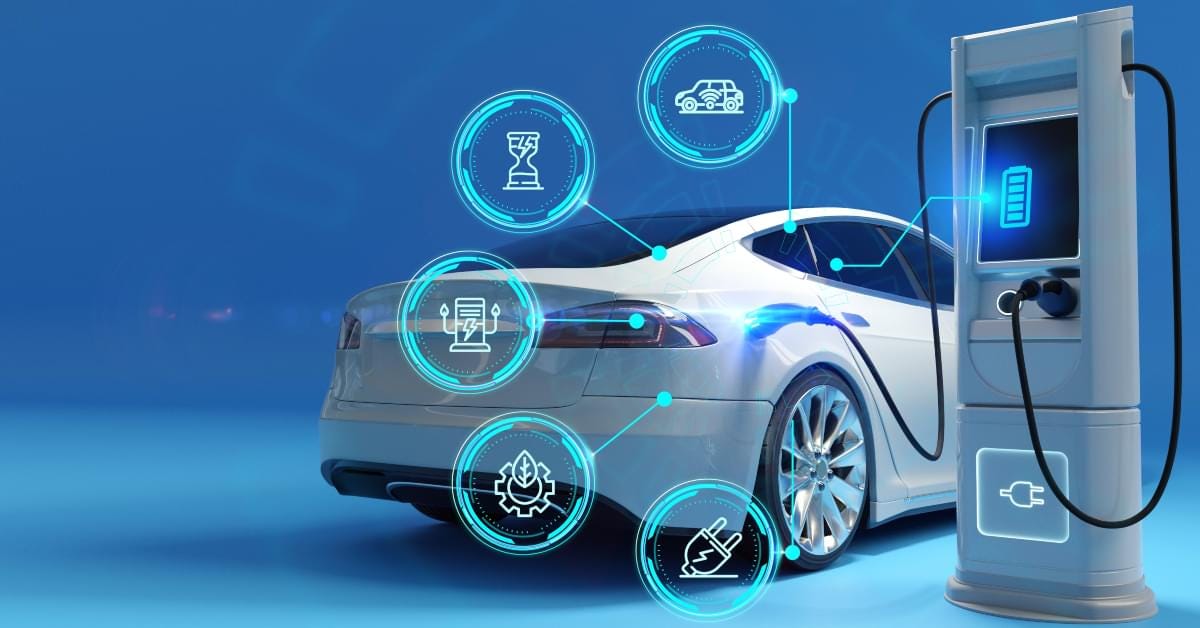Blog Detail
The Rise of Electric Mobility in Progressive Cities

The Rise of Electric Mobility in Progressive Cities
As urbanization accelerates around the world, cities are faced with unique challenges, particularly concerning transportation and environmental sustainability. The rise of electric mobility (e-mobility) is emerging as a promising solution. Forward-thinking cities are adopting electric vehicles (EVs), electric public transport, and innovative mobility solutions that aim not only to reduce carbon footprints but also to enhance the quality of life for their residents. In this blog post, we will explore the factors driving the rise of electric mobility and the positive impacts it's having on progressive cities.
Key Drivers Behind Electric Mobility Adoption
Environmental Concerns and Sustainability Initiatives
One of the primary catalysts for the adoption of electric mobility in cities is the growing awareness of environmental sustainability. As climate change poses an increasingly urgent threat, cities are implementing strategies to reduce greenhouse gas emissions. The transportation sector is often cited as a major contributor to air pollution and carbon emissions, which is where electric mobility comes into play.
Cities like Amsterdam, Oslo, and Barcelona are forging ahead with bold plans to phase out gasoline and diesel vehicles in favor of electric alternatives. For example, Oslo aims to become a zero-emission city by 2024, with significant investments in EV infrastructure such as charging stations. This commitment not only supports environmental goals but also invites residents to embrace a greener lifestyle.
Technological Advancements and Infrastructure Investment
Technological innovation has paved the way for electric mobility. The declining costs of lithium-ion batteries, improvements in electric vehicle technology, and the expansion of charging networks have contributed to the increasing viability of EVs. Cities are investing heavily in infrastructure to support this shift, from dedicated EV charging stations to smart traffic management systems that optimize the flow of electric vehicles.
For instance, cities like San Francisco have implemented sophisticated smart grid technology, allowing for efficient energy distribution and management. This not only supports the charging needs of electric vehicles but also integrates renewable energy sources, enhancing the overall sustainability of urban environments. The result is a seamless, efficient transport experience that benefits both residents and the environment.
The Multifaceted Benefits of Electric Mobility
Improved Air Quality and Public Health
One of the most immediate benefits of embracing electric mobility is the improvement in air quality. Traditional combustion engines emit harmful pollutants that contribute to respiratory issues and other health problems. By transitioning to electric vehicles and public transport, cities can significantly reduce air pollution, fostering a healthier environment for residents.
For instance, London has seen a noticeable drop in nitrogen dioxide levels since implementing its Ultra-Low Emission Zone (ULEZ) program. The combination of EV adoption and stricter emissions standards has contributed to a 30% reduction in pollution levels in the designated area. Improved air quality not only enhances public health but also contributes to better overall quality of life, making cities more attractive for residents and businesses alike.
Enhanced Mobility and Accessibility
Electric mobility isn't just about replacing traditional vehicles; it's also about innovating urban transport. E-scooters, e-bikes, and shared electric vehicle platforms are emerging as essential components of smart city ecosystems. They provide residents with flexible and affordable transport options, making it easier to navigate urban landscapes without reliance on personal vehicles.
Cities like Helsinki are transforming their transport systems by integrating electric mobility options into a unified transportation network. Users can plan and pay for multi-modal journeys through a single app, combining public transport, electric scooters, and rental bikes. This holistic approach enhances accessibility and reduces traffic congestion, leading to a more pleasant urban experience.
Conclusion
The rise of electric mobility in progressive cities reflects a broader commitment to sustainability, innovation, and enhanced quality of life. As environmental concerns grow, coupled with rapid technological advancements, urban areas are increasingly adopting electric transport solutions that benefit both residents and the planet. Cities like Amsterdam, Oslo, and San Francisco stand as leading examples, showcasing the potential of electric mobility to reshape urban landscapes and empower communities.
In the future, the continued evolution and integration of electric mobility will play a crucial role in creating sustainable, accessible, and thriving urban environments. The electrification of transport is no longer just a trend; it is a necessary step toward a cleaner, healthier planet for generations to come. For cities ready to embrace this change, the transition to electric mobility is not merely an option—it is an imperative.

Author: Seren Blackwood


